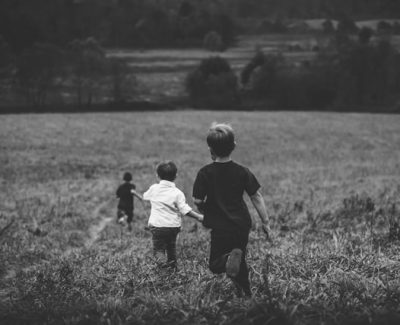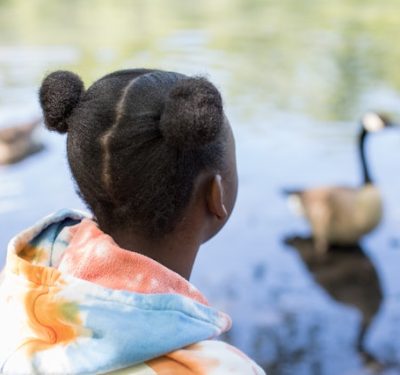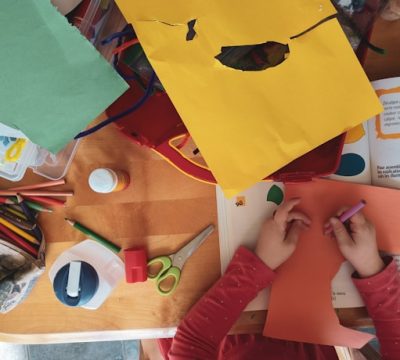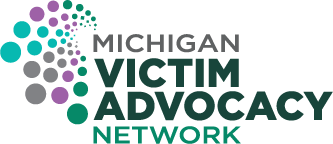Recognizing Child Abuse and Neglect
Many of us have seen the research about Adverse Childhood Experiences (ACEs), and we’ve born witness to survivor stories of childhood trauma, so we know that the physical and psychological scars left by child abuse and neglect can span a lifetime. The importance of prevention and early intervention in cases of child abuse and neglect cannot be overstated. Child abuse is an issue that affects so many children, their families, and our communities.
This month, we created a complication of recent resources and trainings centered around child abuse and neglect prevention and intervention, including resources geared towards advocates outside of the child-welfare field. As always, please don’t hesitate to contact us if you’re looking for more!

Let’s Talk: Child Abuse
April 2022
National Runaway Safeline
This podcast from discusses child abuse with Larel Jacobs (of childhelp.org), talks about how to have tough conversations with young people, explores the nuances of reporting -particularly on crisis lines, and explains why more children under the ages of 12 are reaching out to hotlines for help and information about child abuse.

Long-Term Consequences of Child Abuse and Neglect
April 2019
Child Welfare Information Gateway
This factsheet explains the long-term physical, psychological, behavioral, and societal consequences of child abuse and neglect and provides an overview of adverse childhood experiences (ACEs). It also discusses the importance of prevention and intervention efforts and promoting protective relationships and environments.

What Is Child Welfare? A Guide for Domestic Violence Services Advocates
December 2020
Child Welfare Information Gateway
Child welfare workers and domestic violence services advocates recognize that domestic violence adversely impacts family safety and well-being and puts children at increased risk for maltreatment. This guide provides an overview of basic child welfare services, describes how domestic violence services advocates and child welfare professionals can support one another’s efforts in working with families, and presents resources for more information.

Grooming: Know the Warning Signs
July 2020
RAINN
One tool common to those who sexually abuse kids is grooming: manipulative behaviors that the abuser uses to gain access to a potential victim, coerce them to agree to the abuse, and reduce the risk of being caught. While these tactics are used most often against younger kids, teens and vulnerable adults are also at risk.

Separating Poverty From Neglect in Child Welfare
February 2023
Child Welfare Information Gateway
This issue brief explores what the research shows about the overlap among families experiencing poverty and those reported to the child welfare system for neglect, the societal context within which both poverty and neglect exist, and strategies that have proven effective for preventing and addressing both poverty and neglect, together. It is important to note that none of these strategies are intended to be “quick fixes” implemented in isolation. The issues underlying poverty and neglect require long-term advocacy, assistance, and collaborative community support to resolve.

Parenting Children and Youth Who Have Experienced Abuse and Neglect
November 2018
Child Welfare Information Gateway
Children and youth who have been abused or neglected need safe, stable, and nurturing relationships and environments to recover from the trauma they’ve experienced. This factsheet is intended to help parents (birth, foster, and adoptive) and other caregivers better understand the challenges of caring for a child or youth who has experienced maltreatment and learn about available resources for support.

Let’s Talk: Invisible Disabilities
September 2023
National Runaway Safeline
Children with disabilities experience higher rates of abuse and neglect, which is one risk factor for youth homelessness. This podcast between National Runaway Safeline Youth Advisory Board members EJ Velez & Rachel Litchman discusses invisible disabilities and navigating the healthcare system as a young person experiencing homelessness.

What Is Child Welfare? A Guide for Disaster Preparedness and Response Professionals
December 2021
Child Welfare Information Gateway
When preparing for and responding to disasters, child welfare and disaster preparedness and response (DPR) professionals can work together to help ensure the safety and well-being of children, youth, and families in their communities. This factsheet provides an overview of basic child welfare services, describes how DPR and child welfare professionals can support one another’s disaster preparedness efforts, and offers additional resources for more information.
Looking for more resources for preventing child abuse and neglect?
Looking for more resources for preventing child abuse and neglect?
Check out last year’s compilation of resources: “Child Abuse Prevention Resource Roundup”
